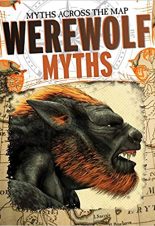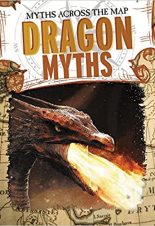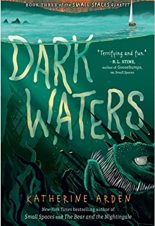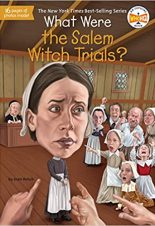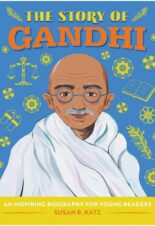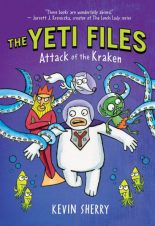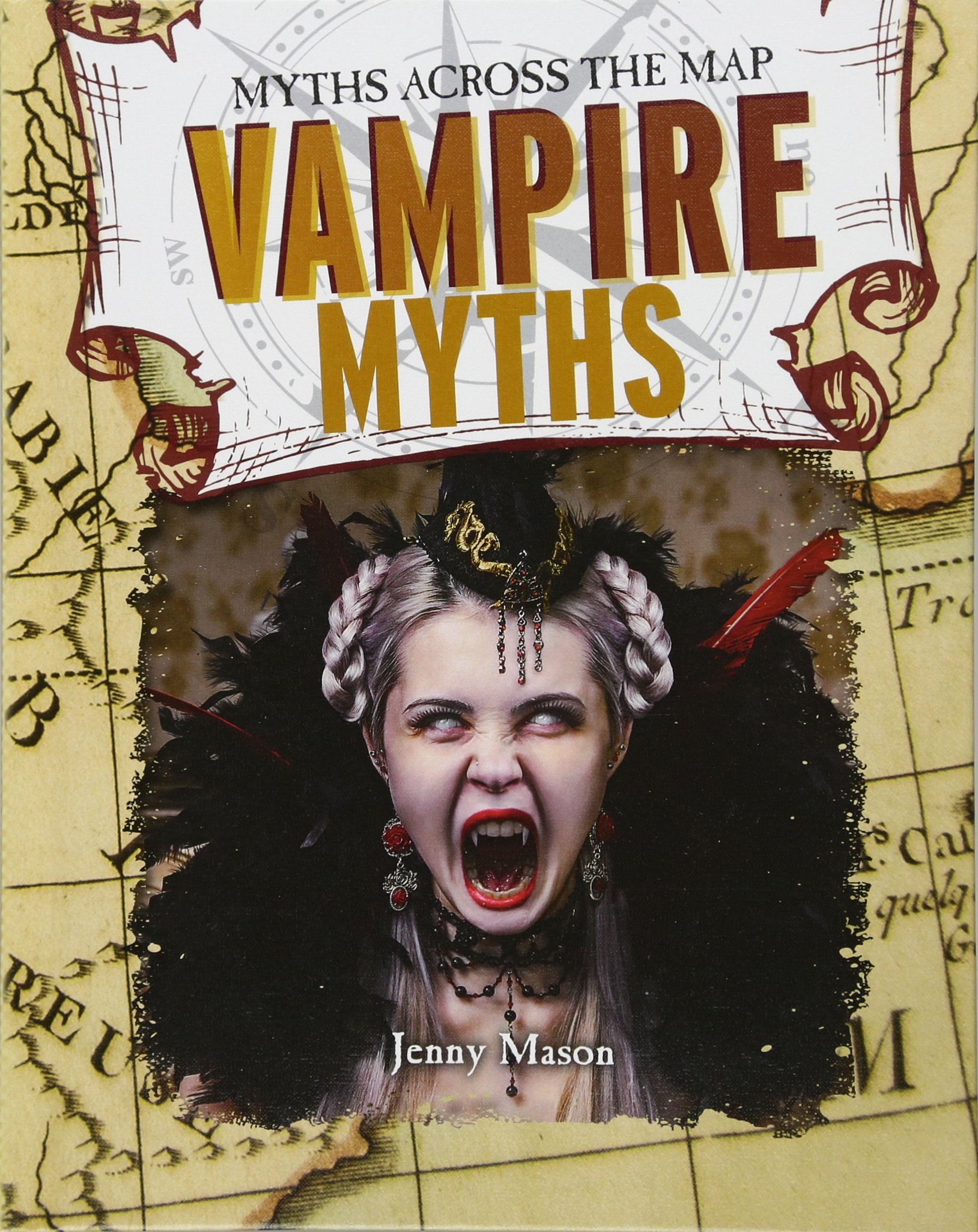
Buy This Book
“Today, the vampire myth continues to teach us what we struggle to understand. Perhaps more important than overcoming illness and death, the vampire may help us to overcome our fear of the unknown.” –Vampire Myths
Vampire Myths
Myths Across the Map
by Jenny Mason
AR Test
9+
Score
7.3
48
Whether they are characters in movies, books, or nightmares, vampires are among the most recognizable monsters in the world. Today, vampires are characterized by fangs and an unshakable lust for human blood, but some vampire myths differ from these notions. Vampire Myths begins by explaining why stories about blood-sucking vampires began, as well as different cultures’ vampire beliefs. Some of the vampire explanations are scary and cringe-worthy, such as in old Malaysian tales that describe vampires as “a floating head with entrails hanging to the ground.”
Vampire Myths is visually appealing. Each page has large illustrations that include short captions. In addition, each section is broken into smaller sections that have fun headlines such as “Bloody Feast” and “Buried Secrets.” Another appealing aspect of the story is the fun facts that appear in a graphic that looks like a scroll. Throughout the book, readers will encounter bolded words that may be unfamiliar; however, the words are defined within the text making the passage easy to understand.
Vampire Myths is not meant for the faint of heart. The graphic descriptions of vampire behavior and the different ways people killed the undead may be disturbing to younger readers. The vampire facts are interesting and include historical people connected with vampire lore. None of the myths are covered in detail which allows the book to cover many interesting topics including vampire movies, books, and people from history. Full of colorful pictures, interesting facts, and historical information, Vampire Myths will entertain readers who want to understand vampires and aren’t afraid of a little bit of horror.
Sexual Content
- None
Violence
- The Grim brothers wanted to rid a European village of a vampire. “First, the brothers dug up the grave and found the corpse with red-stained mouth and lips, proof that it must have been biting victims. . . The brothers decided to rip out the corpse’s accursed heart. . . They went on to whack the body with a blunt spade and remove the heart. Then they burned the corpse to a crisp.”
- The ancient Greeks mutilated cadavers “to prevent the dead from returning to life. Vital organs including the brain, heart, and liver were removed.” Similarly, the Slavic people of Eastern Europe “bound the corpse, slit the muscles and tendons, cut off limbs, and drove a stake or cross through the heart.”
- A buso is a tall, thin demon who prefers “to feast on rotting carcasses, but that has never stopped it from occasionally luring live victims to a very unpleasant death.”
- To kill a vampire, someone would drive a stake through the heart. . . According to most African folklore, “vampires required two stakes: one through the heart and one to nail the tongue to the chin. This would prevent the undead from uttering spells and curses.”
- The man who was the real Dracula “liked to sit and watch his victims die while he ate. Although he didn’t suck blood as the fictitious count did, some sources say he dipped his bread in his victim’s blood.” Dracula was rumored to have killed 40,000 people. “He impaled most victims on tall stakes. . . He would impale them by carefully sliding a wooden stick through the body without hitting any vital organs. That would ensure that the victim would die a slow and painful death.”
- Some people joined vampire societies. Teenager Rob Ferrell joined a society and “committed a heinous double murder in 1996.”
Drugs and Alcohol
- None
Language
- None
Supernatural
- In Asia, some people smeared garlic over their bodies “to shield against spells cast by witches or wizards.”
Spiritual Content
- Some cultures wondered if people became ill because a demon spirit was bullying their body. “Call upon the wisest shaman or healer, and they might successfully drive the demon out.”
- The Mayans “worshipped a bat deity known as Camazotz, the god of caves.”
- Some people thought fire could “permanently snuff out” a vampire because “the Hebrew god once appeared in the form of a burning bush and often used fire to punish people, destroy cities, and cleanse the Earth.”
“Today, the vampire myth continues to teach us what we struggle to understand. Perhaps more important than overcoming illness and death, the vampire may help us to overcome our fear of the unknown.” –Vampire Myths
Latest Reviews
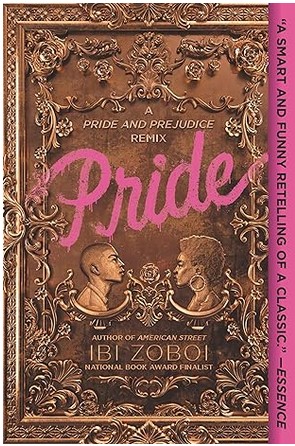
Pride: A Pride & Prejudice Remix

Thieves’ Gambit #1
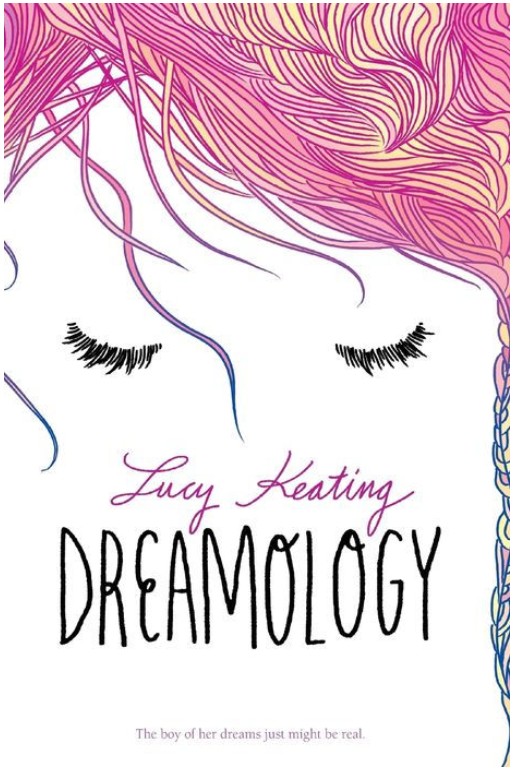
Dreamology
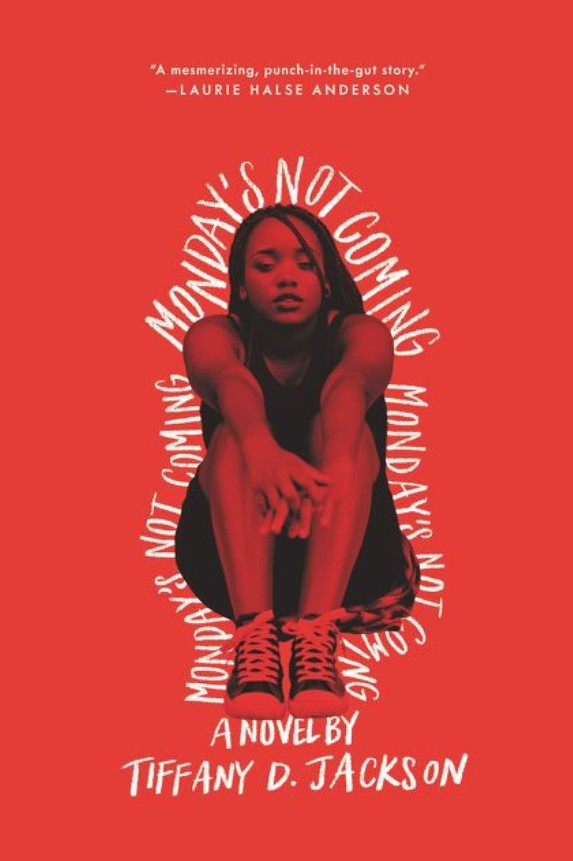
Monday’s Not Coming
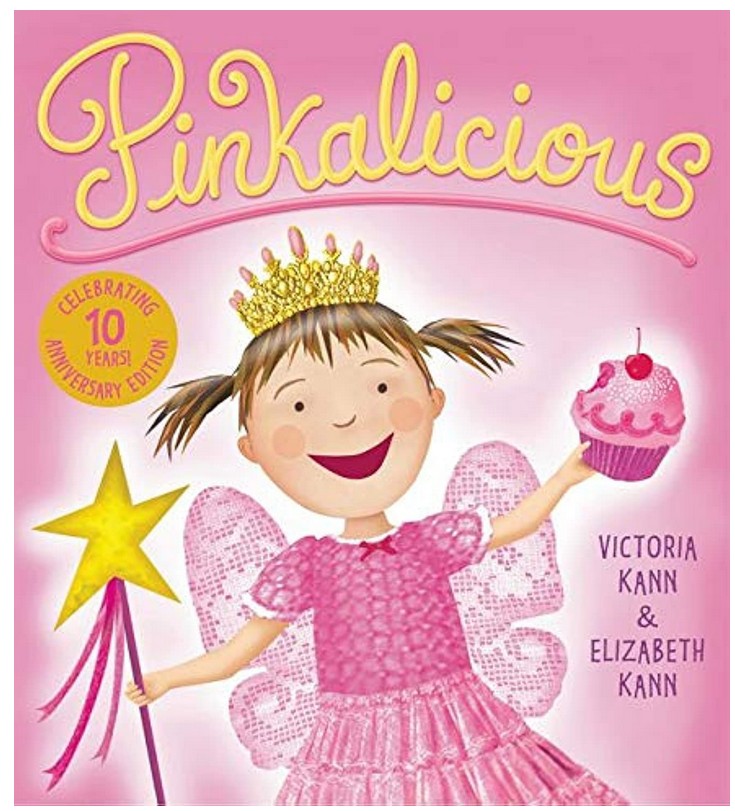
Pinkalicious
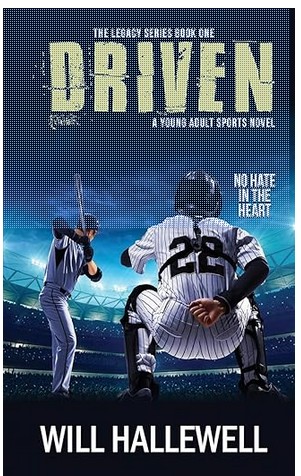
Driven

Goodbye Days

Blood of Troy

Will’s Race for Home

